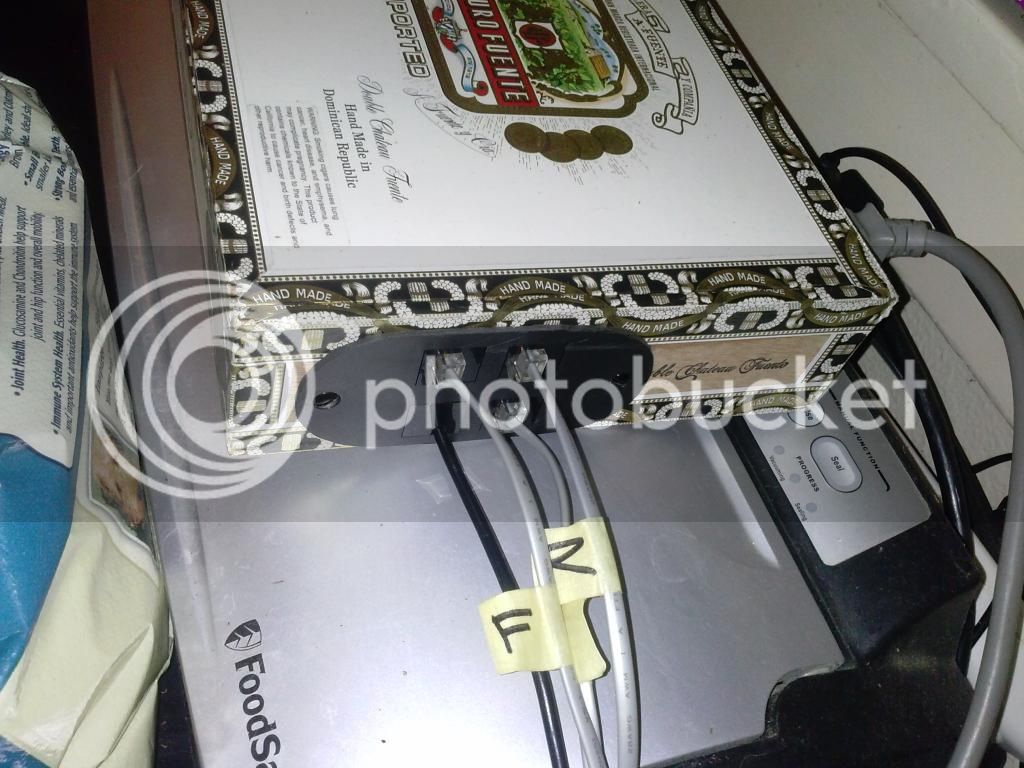Thank you guys for all your help yesterday!
Last night I soldered up my system power supply. I have 12VDC coming in to the box. From there, a 12V line goes to my Arduino, and another 12V line goes to a small case fan I put in the box. This will draw heat out from the LM7805 heat sink and whatever heat the Arduino and RPi put off. I then have a 7805 circuit that puts out a steady 5.2V.
Plugged it in, tested the outputs, and connected everything up. Arduino and RPi turned on ran just fine. I guess the true test will come once everything is put together and the system is running, but for now I'm satisfied.
I used this
link as the backbone for regulator. I used slightly different values for my capacitors and resistors, but to the same effect. If anyone would like them (or any pictures) I can share tonight.
Cheers!
























![Craft A Brew - Safale S-04 Dry Yeast - Fermentis - English Ale Dry Yeast - For English and American Ales and Hard Apple Ciders - Ingredients for Home Brewing - Beer Making Supplies - [1 Pack]](https://m.media-amazon.com/images/I/41fVGNh6JfL._SL500_.jpg)









































